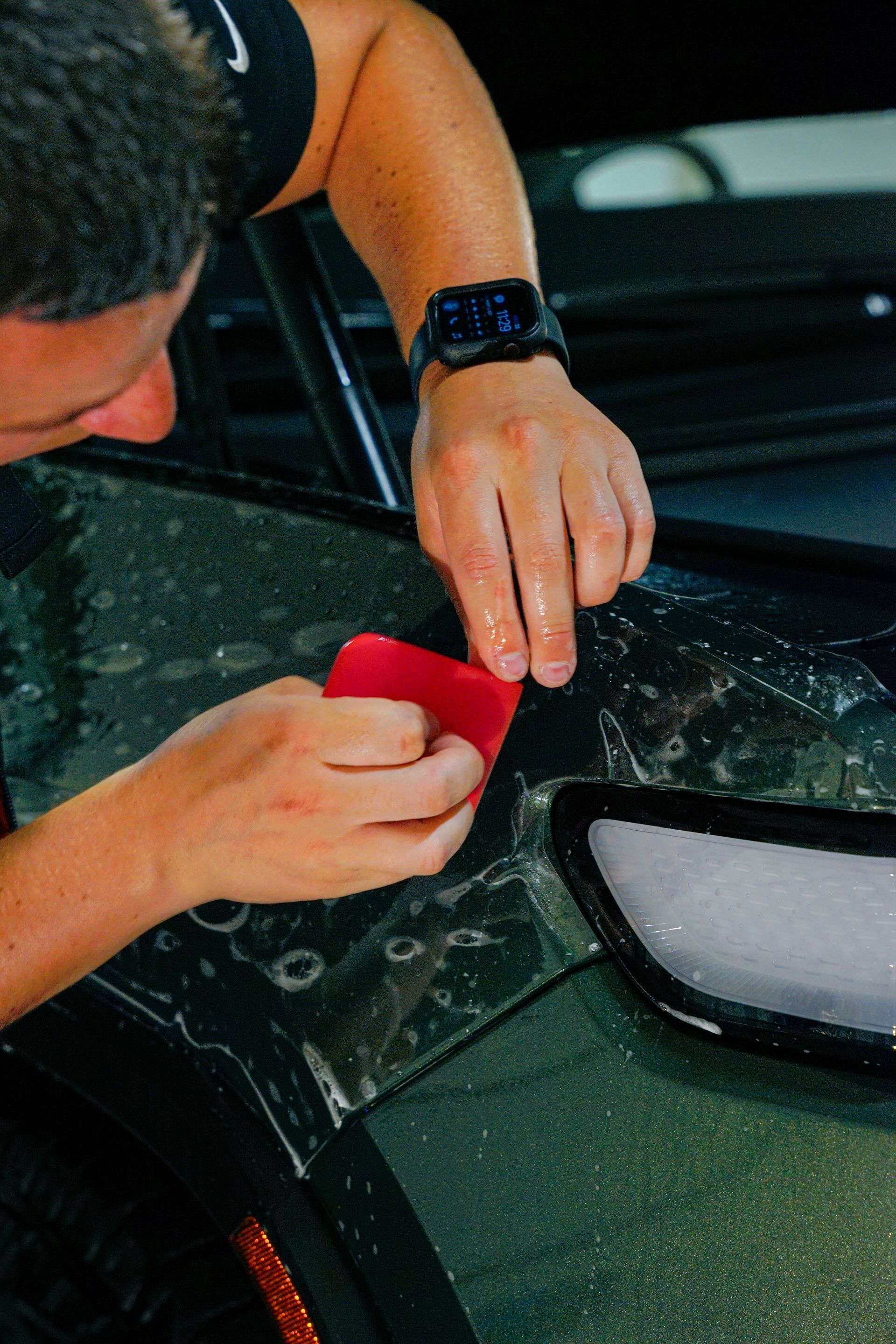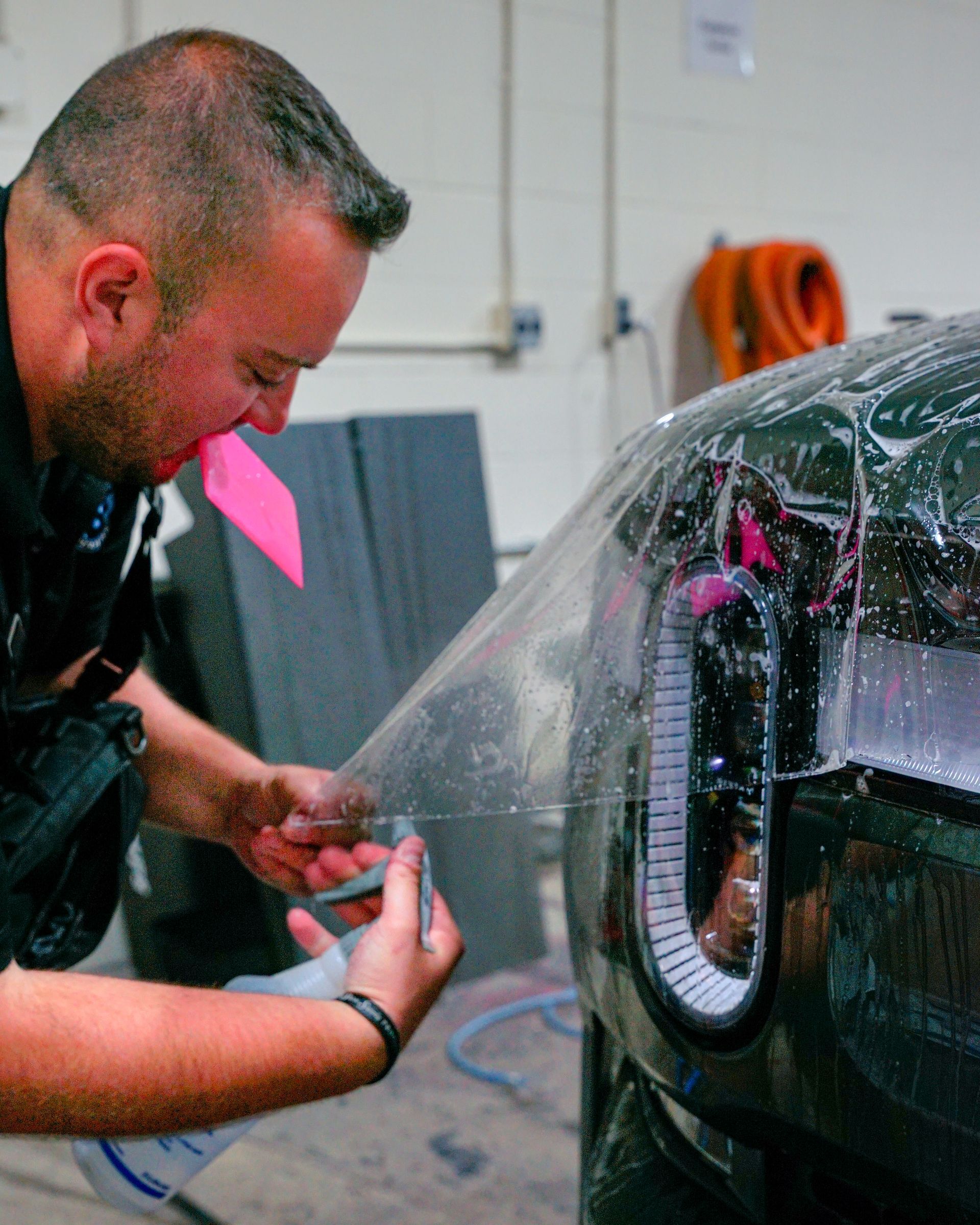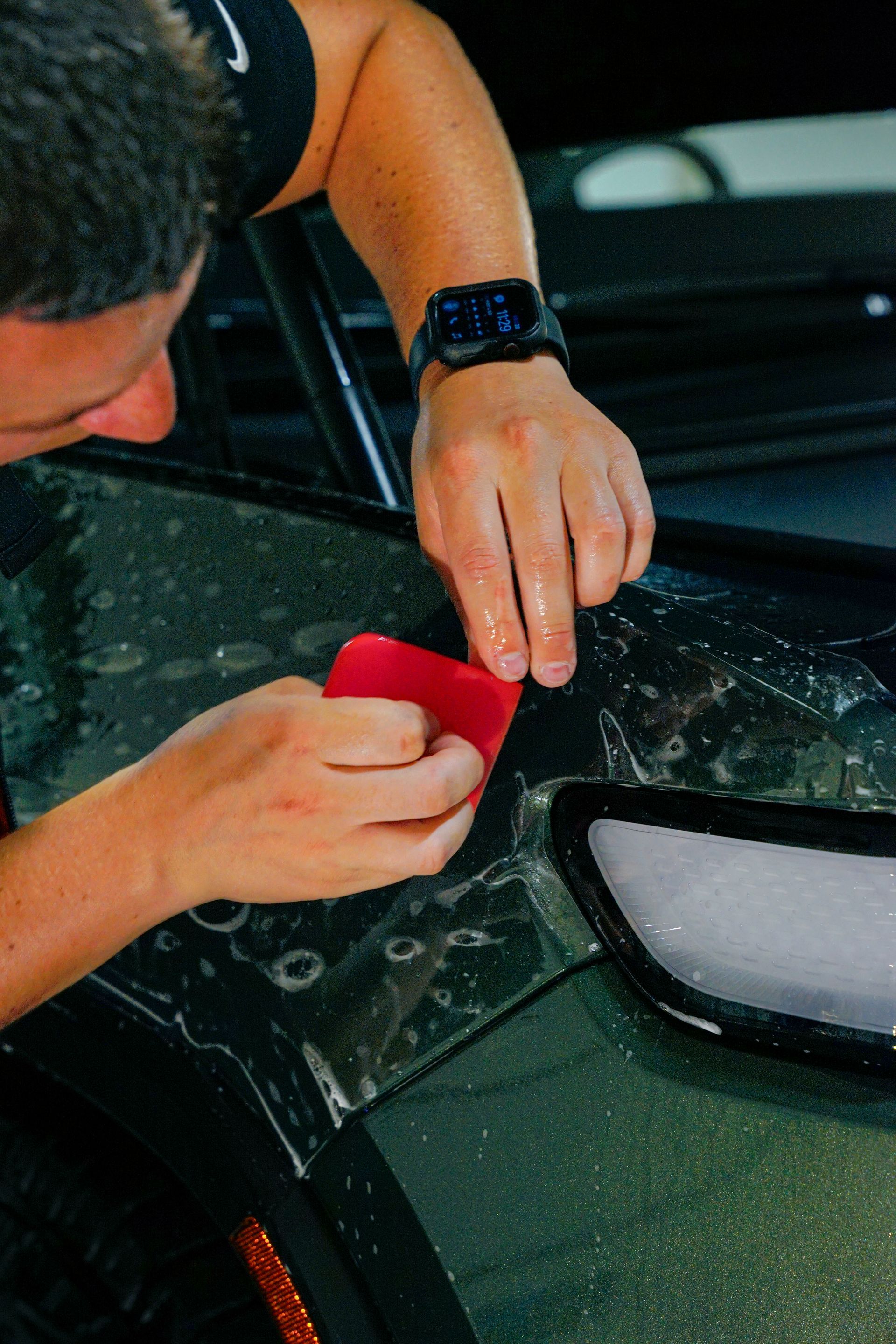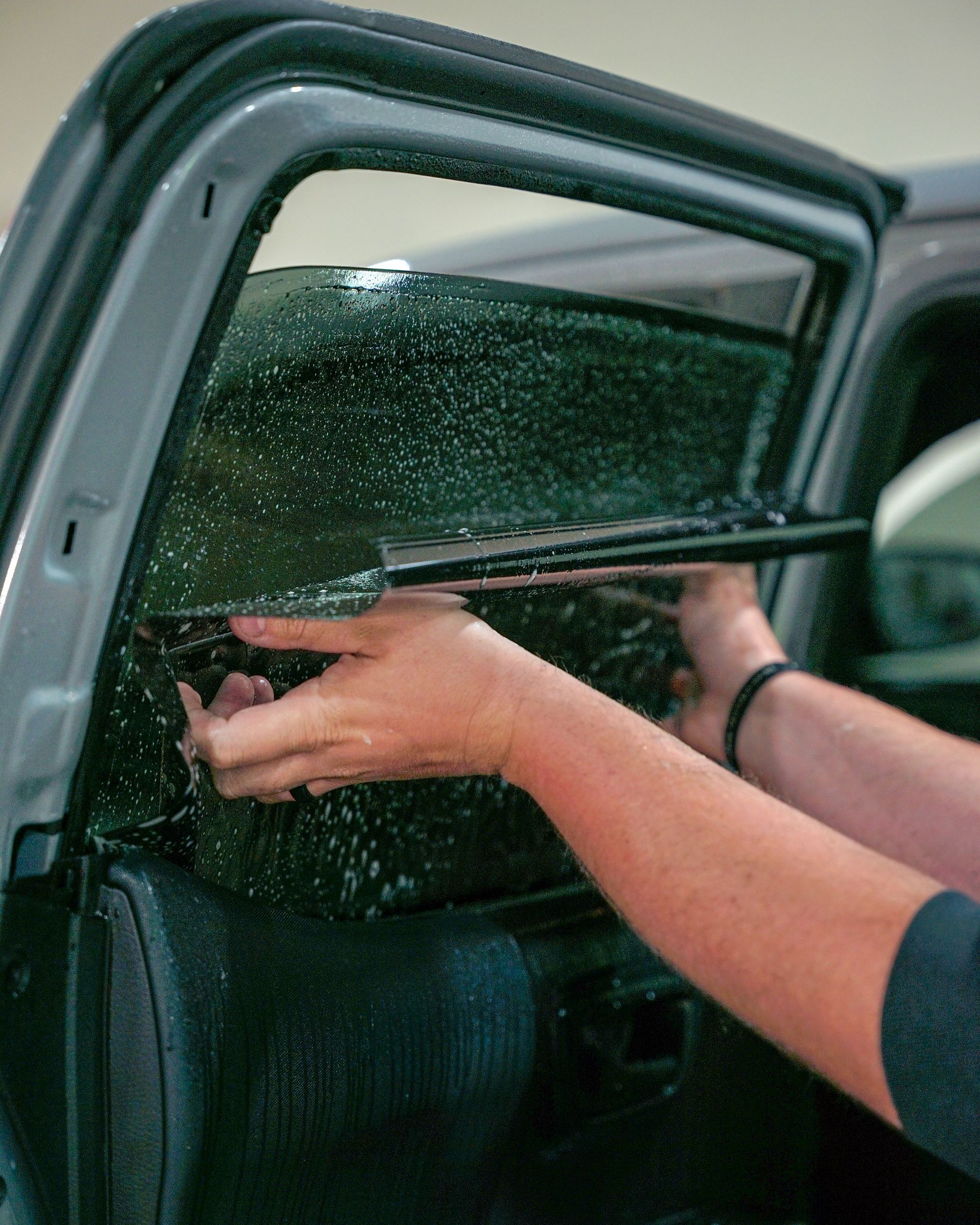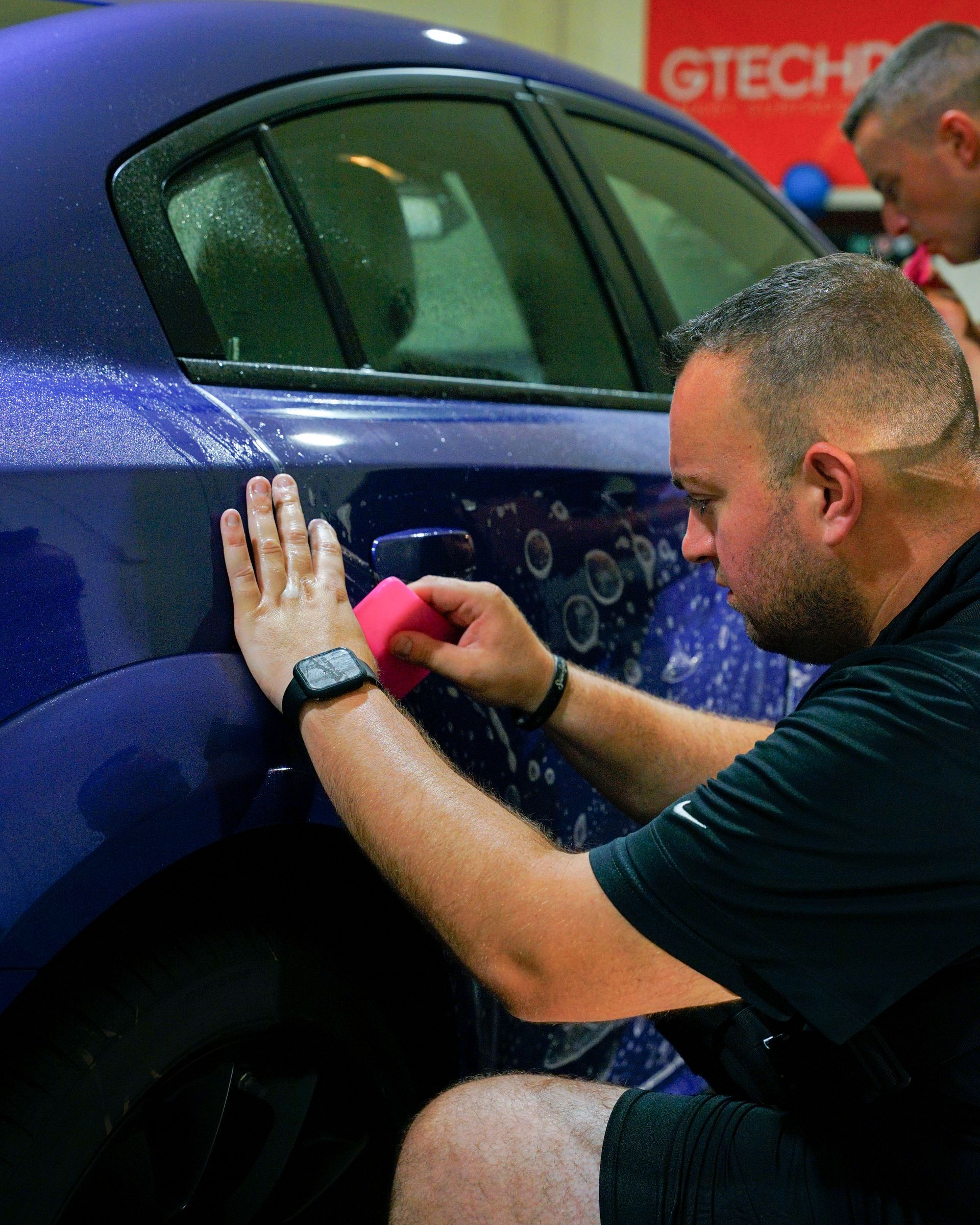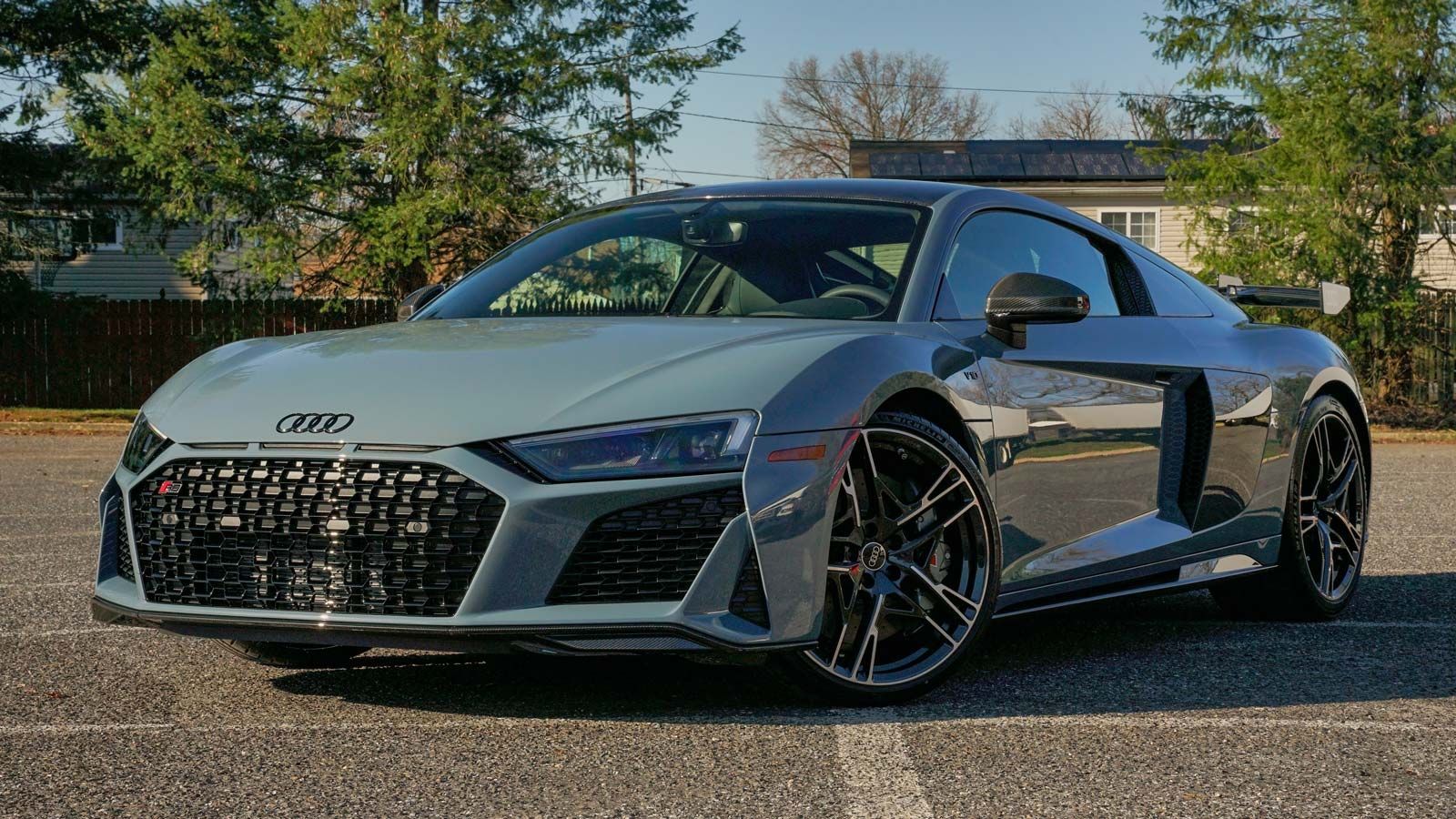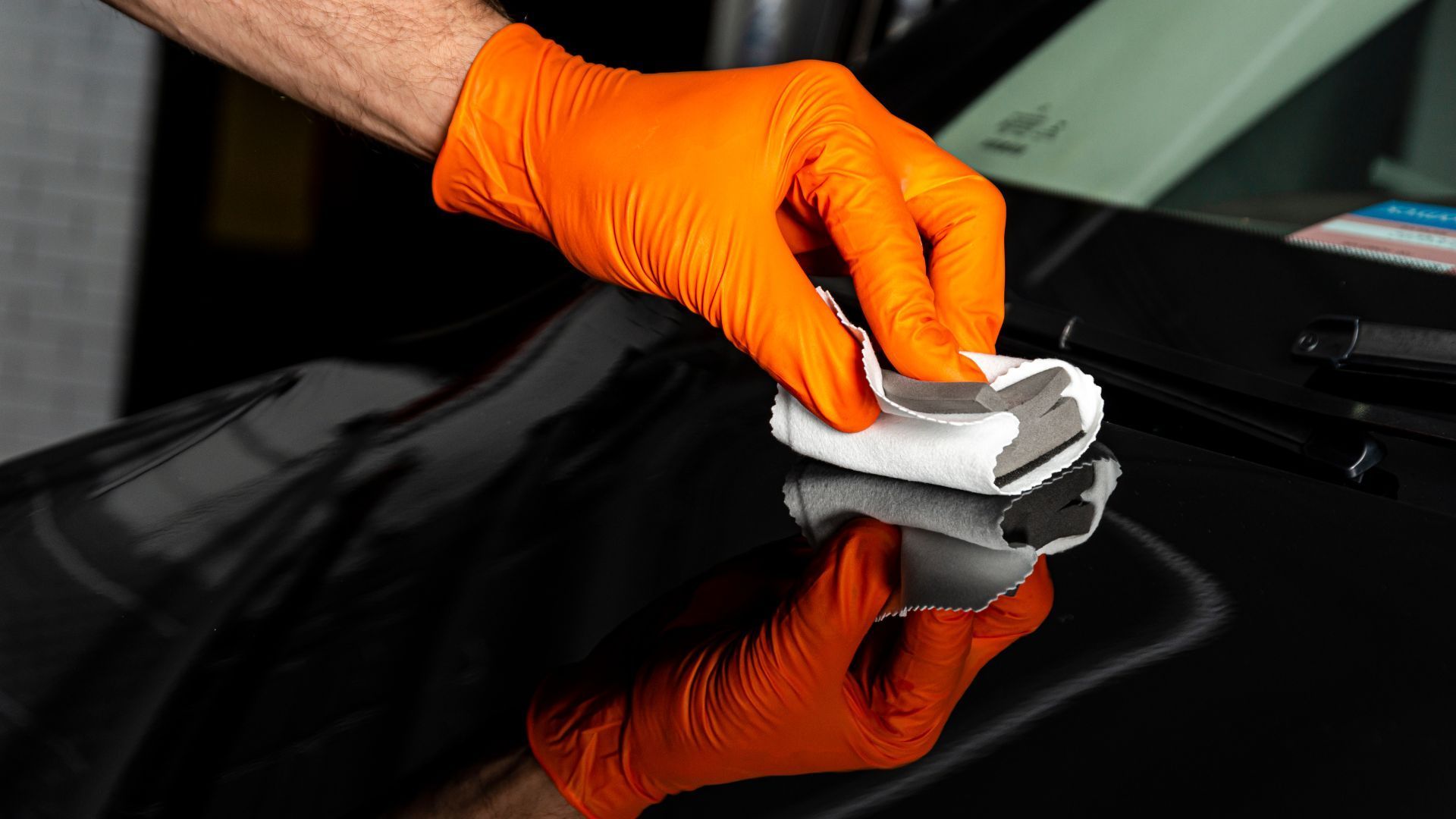How to Preserve Classic Cars in Cherry Hill Using Paint Protection Film
In the world of automotive admiration, classic cars hold a timeless charm that's truly unrivaled. However, maintaining their irresistible luster can be an uphill task, especially given New Jersey’s unpredictable weather. The paint job can take a serious beating, leaks could develop in older seals, and rust could find its way into the engine bay—it's a ceaseless cycle of preservation work. This blog post serves as your ultimate guide to using paint protection film as a potent defense against these elements. Now you can ensure your beloved vintage chariot out in Cherry Hill shines bright and runs smooth every day of the year—just like it deserves.
Paint protection film acts as a protective layer against external elements such as gravel, road debris, and UV rays. By applying paint protection film to classic cars in Cherry Hill, owners can safeguard the vehicle's original paint from scratches, chips, and fading caused by everyday driving and environmental factors. This helps preserve the car's aesthetic appeal and maintain its value over time.
Benefits of Paint Protection Film for Classic Cars
Classic cars are not only a valuable investment but also a source of pride, inspiration, and admiration. That's why they deserve the utmost protection from damage that could occur due to exposure to harsh climate conditions, debris on the roads, or unforeseen accidents. One of the best ways to protect classic cars is by using paint protection film. Installing this film on your vehicle brings an array of benefits.
Shield Against Damage
Paint protection film acts as an additional layer of protection that shields the car’s exterior from harsh weather conditions, including rain, snow, windblown debris and more. This film is designed to absorb impacts that might otherwise scratch the paint. It does so by distributing the energy impact over a broader surface area instead of letting it concentrate in one spot. With this added protective layer, your classic car’s paint will last longer with minimal wear and tear. Imagine driving your beautiful restored classic or vintage vehicle through Cherry Hill, NJ, streets and suddenly coming across small debris from construction trucks on the road. This small debris could leave scratches and chips on the exposed parts of your car's bodywork, which in turn impacts its value negatively. However, by installing paint protection film on your vehicle, you don't have to worry about such damages anymore since this film will protect your precious car from any flying debris.
In addition to protecting your car against external threats, paint protection film safeguards against sun fading due to prolonged exposure to UV rays. The sun's rays can cause discoloration and damage to your vehicle's paintwork and lead to expensive repairs if left unchecked. It goes without saying that investing in paint protection films for classic cars provides numerous benefits that range from providing an additional shield against damage to enhancing their aesthetic appeal.
Enhancing Car Aesthetics
Owning a classic car is not just for transportation but also for collectors who want to preserve a piece of history. It requires consistent effort and investment to keep them in pristine condition. One of the best ways to maintain your vehicle's aesthetics is by using paint protection film. PPF protects against abrasions, chips, and UV rays that fade colors from your car. The thin-layer film provides a clear coating that bonds to your car’s surface and can last for years. You wouldn't want anything to scratch or damage your classic vehicle when cruising down the streets of Cherry Hill on a sunny day. By using PPF on the car’s exterior surfaces, you are providing extra protection to maintain the new-car shine.
Choosing a Reputable Detailer in Cherry Hill
Choosing an auto detailer can be overwhelming, as there are numerous service providers available in Cherry Hill. To ensure that you protect and preserve your classic car adequately, it would be best to select a reputable detailer who has experience working with vintage cars. Here are some factors that should influence your decision:
- Experience: Consider their years of experience, what type of vehicles they've worked on, and if they have specific experience working with classic or vintage cars.
- Reputation: Read reviews from previous customers online or get recommendations from friends and family members who own classic cars.
- Cost: As with any service provider, it's essential to consider what you'll be paying to get quality output. Ensure that you're not paying exorbitantly for standard services.
- Tools and Equipment: Ensure they use advanced tools and equipment that won’t damage your vehicle's exterior.
- Warranty Provided: Ensure that your paint protection film provider provides warranty coverage for the paint protection film service you availed. This will be helpful for any defects in the installation.
By considering all these factors, you’ll be confident that you’ve made the right choice for your classic car's preservation. Selecting the right detailer to handle your classic car is crucial for the success of your paint protection film treatment. Don't trust your vehicle to just anyone. Look for a detailer who has extensive experience working with classic cars, understands the nuances of applying paint protection film and knows how to care for your cherished ride. Do some research in advance and ask specific questions about their experience level and certifications. A reputable and experienced detailer will be proud of their qualifications and provide you with examples of their work. Once you've found a qualified detailer who you feel comfortable working with, it's important to stay on top of maintenance for your paint protection film.

Paint Protection Film Maintenance Guide
The proper maintenance of paint protection film extends its longevity and effectiveness, along with ensuring that your classic car's paint always looks flawless!
Firstly, ensure that your car has at least 12 hours to fully cure once applied with PPF before being taken out onto the road or subjected to any kind of car-wash treatment. Doing so allows the film adhesive to bond correctly over each contour. Make sure your car is frequently washed using PH-neutral soap; this ensures that you don’t compromise the integrity of the self-repairing capabilities of the clear coat.
Dry the surface thoroughly after washing. You can use a microfiber cloth to help dry the surface of your vehicle. Finally, avoid parking under trees (sap can be hard to remove, causing pitting) or harsh weather conditions that may damage or compromise the integrity of your paint protection film. That being said, it's worth keeping in mind that PPF can experience natural wear and tear like any other paint finish. If you notice bubbling, tearing, yellowing of the film, or any other issue with its appearance, consult your detailer immediately.
Trusted Paint Protection Service for Vehicles in Cherry Hill, NJ
Experience unmatched protection and shine with M&G Automotive Detailing, the trusted provider of
paint protection services for vehicles in Cherry Hill, NJ. Leveraging advanced techniques and premium products, our dedicated team ensures your car remains shielded from chips, scratches, and environmental elements. With a steadfast commitment to excellence and customer satisfaction, we tailor our services to meet your specific needs, preserving your vehicle's pristine appearance and resale value. Don't leave your car's protection to chance; entrust M&G Automotive Detailing's expertise and proven track record. Elevate your vehicle's durability and aesthetics—schedule your paint protection service today and discover why Cherry Hill drivers choose M&G Automotive Detailing for unparalleled results!

